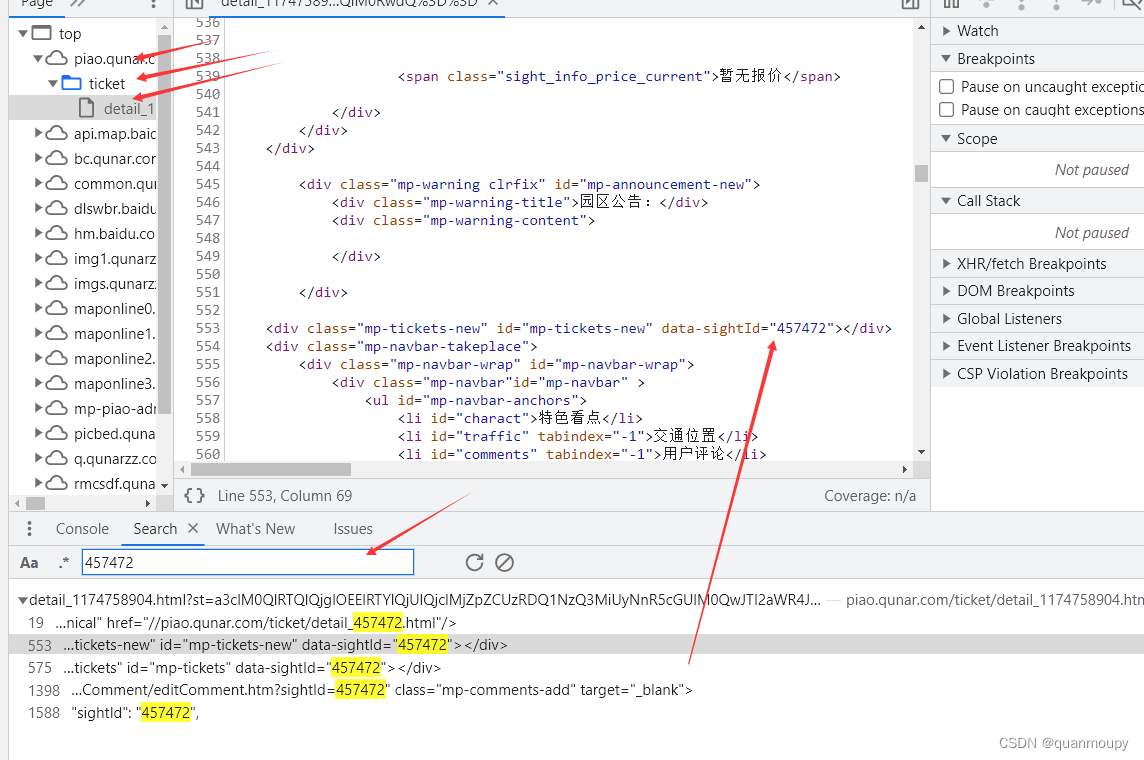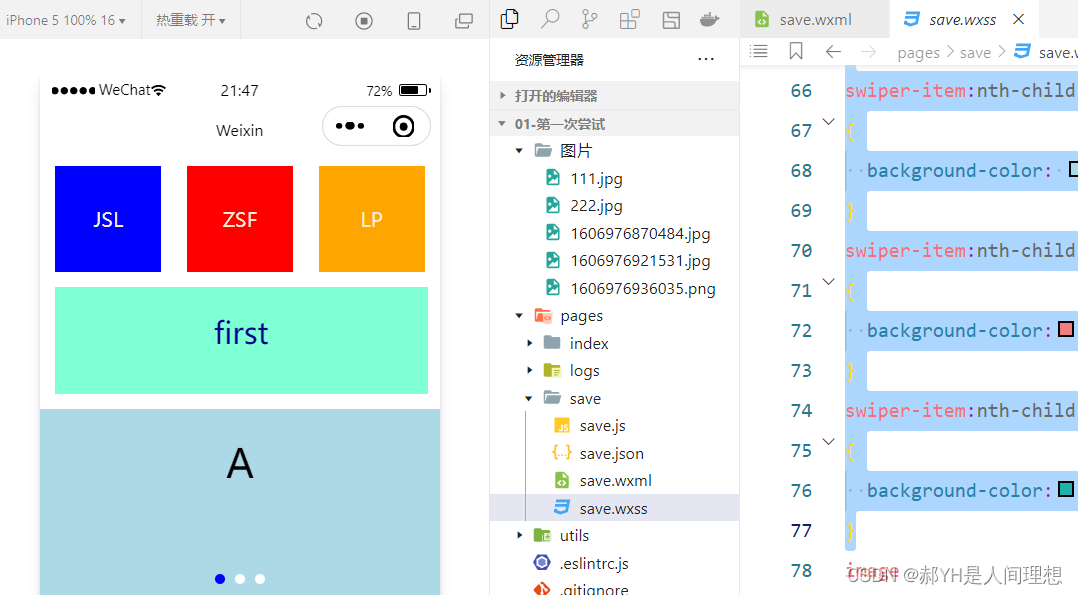实现效果:
加入帧动画前:

普通的静态页面
加入帧动画后:

可以看到,加入帧动画后,页面效果还是比较丝滑的。
技术实现
加入animation动画类
先用 **scss **定义三种动画类:
.withAnimation {.fade1 {animation: fadeInDown1 1s;}.fade2 {animation: fadeInDown2 1.25s;}.fade3 {animation: fadeInDown2 1.5s;}
}@keyframes fadeInDown1 {0% {transform: translate3d(0, 40px, 0);opacity: 0;}22% {transform: translate3d(0, 40px, 0);opacity: 0;}100% {-webkit-transform: none;transform: none;opacity: 1;}
}
@keyframes fadeInDown2 {0% {transform: translate3d(0, 40px, 0);opacity: 0;}44% {transform: translate3d(0, 40px, 0);opacity: 0;}100% {-webkit-transform: none;transform: none;opacity: 1;}
}
@keyframes fadeInDown3 {0% {transform: translate3d(0, 40px, 0);opacity: 0;}66% {transform: translate3d(0, 40px, 0);opacity: 0;}100% {-webkit-transform: none;transform: none;opacity: 1;
}
注意:.fade类前面需要有.withAnimation,作为接下来实现帧动画,添加.withAnimation .fade类帧动画的工具。
加入IntersectionObserver监听
IntersectionObserver
先简单过一下IntersectionObserver的使用:
var observer = new IntersectionObserver(callback,options);
IntersectionObserver支持两个参数:
- callback是当被监听元素的可见性变化时,触发的回调函数
- options是一个配置参数,可选,有默认的属性值
//初始化一个实例
var observer = new IntersectionObserver(changes => {for (const change of changes) {console.log(change.time);// Timestamp when the change occurred// 当可视状态变化时,状态发送改变的时间戳// 对比时间为,实例化的时间,// 比如,值为1000时,表示在IntersectionObserver实例化的1秒钟之后,触发该元素的可视性变化console.log(change.rootBounds);// Unclipped area of root// 根元素的矩形区域信息,即为getBoundingClientRect方法返回的值console.log(change.boundingClientRect);// target.boundingClientRect()// 目标元素的矩形区域的信息console.log(change.intersectionRect);// boundingClientRect, clipped by its containing block ancestors,// and intersected with rootBounds// 目标元素与视口(或根元素)的交叉区域的信息console.log(change.intersectionRatio);// Ratio of intersectionRect area to boundingClientRect area// 目标元素的可见比例,即intersectionRect占boundingClientRect的比例,// 完全可见时为1,完全不可见时小于等于0console.log(change.target);// the Element target// 被观察的目标元素,是一个 DOM 节点对象// 当前可视区域正在变化的元素}
}, {});// Watch for intersection events on a specific target Element.
// 对元素target添加监听,当target元素变化时,就会触发上述的回调
observer.observe(target);// Stop watching for intersection events on a specific target Element.
// 移除一个监听,移除之后,target元素的可视区域变化,将不再触发前面的回调函数
observer.unobserve(target);// Stop observing threshold events on all target elements.
// 停止所有的监听
observer.disconnect();
实现
页面组件中加入IntersectionObserver
useEffect(() => {const options = {rootMargin: '0px',threshold: 0.2 // 指定交叉比例为 20% 时触发回调函数};const observer = new IntersectionObserver(([entry]) => {// ...}, options);}, []);
监听dom元素的进入,添加对应class
fadeClass类的添加
- 确保父元素加入了fadeClass类,便于后续对加动画的dom元素进行锁定
- 子元素添加对应的fade动画类
<div className={cName([styles.rootFront,'fadeClass'])}><p className={cName([styles.text1, styles.fade1])}>123</p><p className={cName([styles.text2, styles.fade2])}>123</p><p className={cName([styles.text3, styles.fade3])}>123</p></div>
cName()是classnames中给dom元素添加多个class的方法,也可以用其他方法实现。
- 引入:“import cName from ‘classnames’”
- 依赖:npm i classnames
IntersectionObserver监听fadeClass元素的进入
useEffect(() => {const elements = document.querySelectorAll('.fadeClass');const options = {rootMargin: '0px',threshold: 0.2 // 指定交叉比例为 20% 时触发回调函数};const observer = new IntersectionObserver(([entry]) => {if (entry.isIntersecting) {entry.target.classList.add(styles.withAnimation);}// 进入时添加withAnimation类}, options);elements.forEach((dom) => {observer.observe(dom);//每个元素,添加聆听事件});}, []);
不出意外,到这来就基本实现完成了,其他动画效果实现类似。

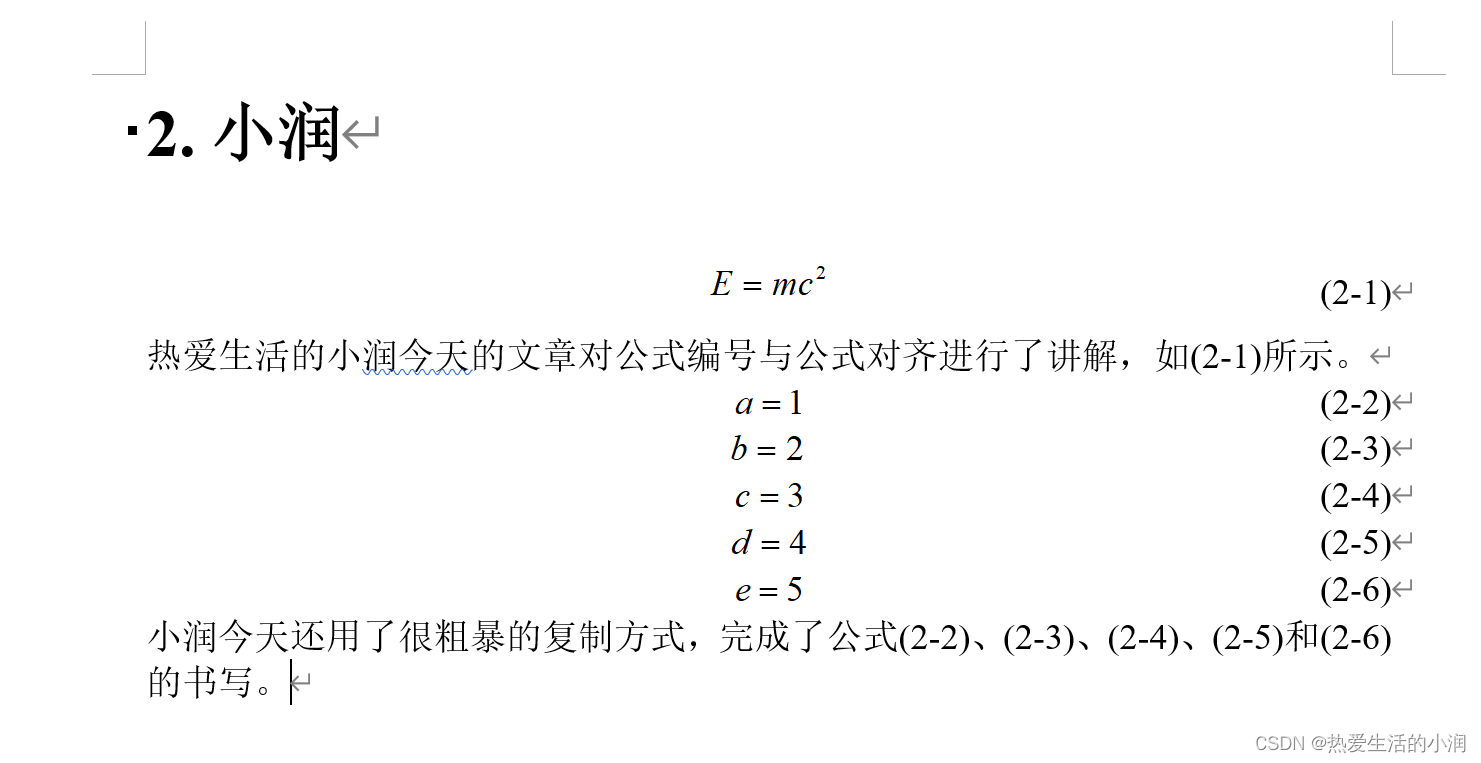

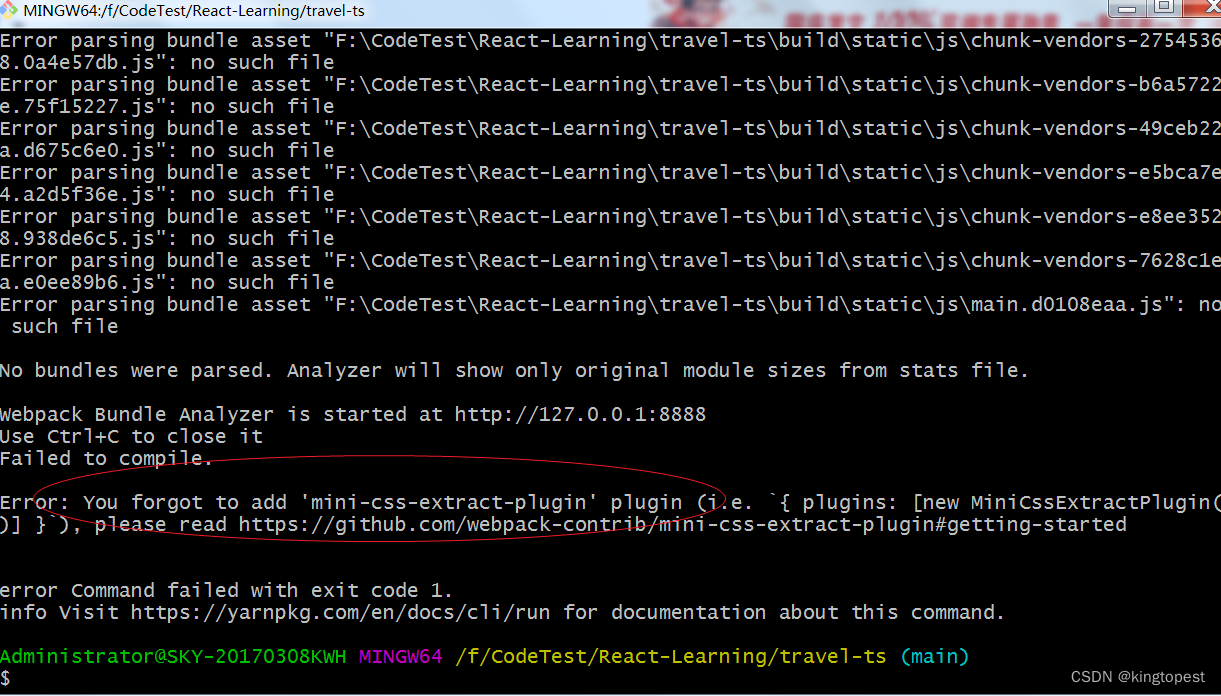


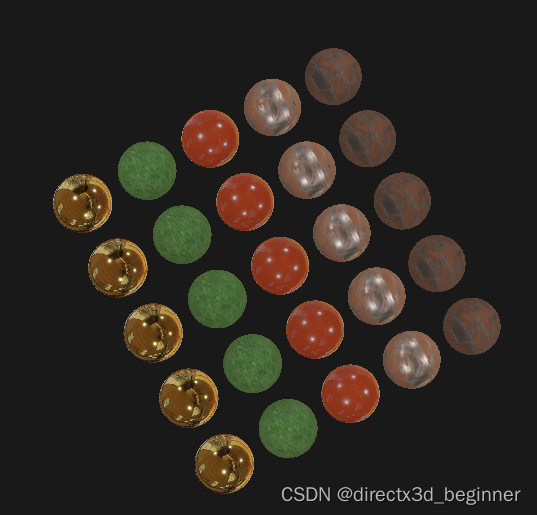








![[C++网络协议] 优于select的epoll](https://img-blog.csdnimg.cn/f805f2d56473425a8acdde87d8b3cbc6.png)
